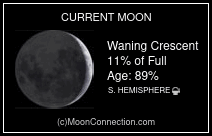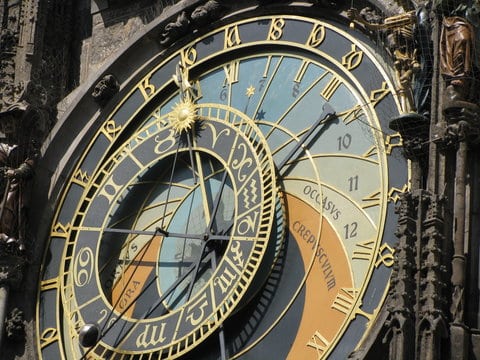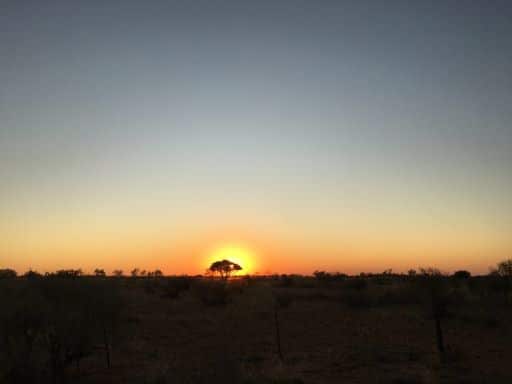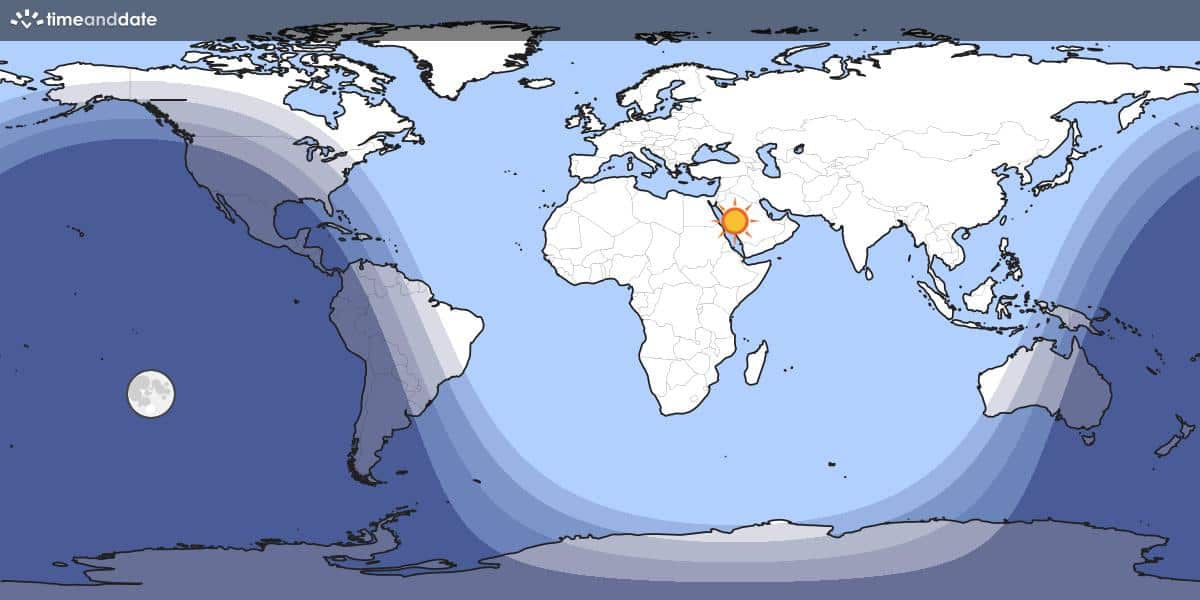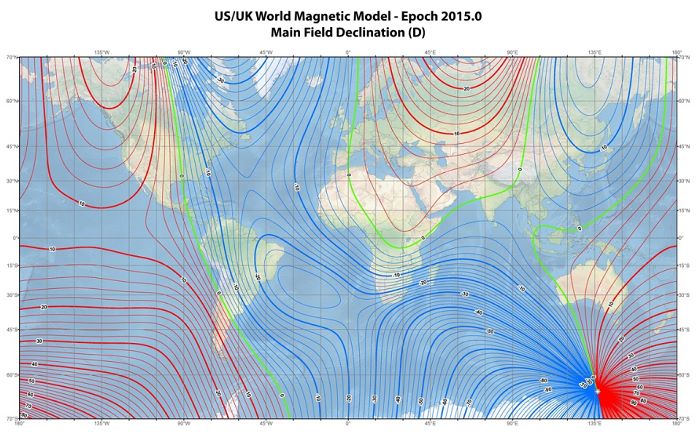Northeast – Chart 1
Steve Gottlieb’s Observations
S-L 509 = ESO 085-091 = KMHK 957
05 29 48.4 -63 38 56; Dor
V = 13.2; Size 1.5′
25″ (4/3/19 – OzSky): at 244x; fairly faint, fairly large, irregular glow, ~1.2′ diameter, mottled. A mag 14.5 star is resolved at the SW edge of the glow and a mag 15.5 star is at the north edge. S-L 529 lies 11′ NE and S-L 515 is 13.5′ NNE.
Located in the northern halo of the LMC, 21′ ENE of NGC 1947, a bright galaxy, and 17′ NNW of mag 6.2 HD 36876.
Notes: Robert Innes discovered S-L 509, along with S-L 529 (11′ NE) on plates taken with the 10-inch Franklin-Adams camera before 1924 at the Union Observatory in Johannesburg, South Africa. It was included in his 1924 “Catalogue of Clusters and Nebulae Near the Large Magellanic Cloud”. Innes and van de Bos observed the cluster in 1926 using the 26.5-inch refractor. Innes reported it as “very diffused nebula, 12 mag, 1′ diameter, stars interspersed.”
Shapley-Lindsay: 60″ diameter, irregular, partly resolved.
Age: ~1.4 billion years.
S-L 515 = ESO 085-092 = KMHK 965
05 30 08.8 -63 25 35; Dor
V = 13.8; Size 2.0′
25″ (4/3/19 – OzSky): at 244x; fairly faint, large, round, slightly brighter core, very diffuse halo, ~1.5′ diameter. Located in the northern outskirts of the LMC; nearby are S-L 509 13.5′ SSW and S-L 529 9′ SE.
Notes: Shapley-Lindsay: 70″, “Fairly condensed centre, outer resolved”
NGC 1997 = ESO 086-001 = S-L 520
05 30 34 -63 12 18; Dor
V = 13.4; Size 1.3′
30″ (10/15/15 – OzSky): at 303x; fairly faint elongated glow, oriented SW-NE, ~45″x30″. A mag 14 star is attached at the northeast end and a couple of additional mag 16 stars are on the NW and SW sides. Located 47′ SSW of mag 3.8 Beta Dor, well to the north of the main body of the LMC.
Notes: John Herschel discovered NGC 1997 = h2886 on 30 Nov 1834 and described as “eF; R; 30″.” His position from this single sweep is ~30″ SE of the center of the cluster. Robert Innes observed the cluster in 1926 with the 26.5-inch refractor at the Union Observatory. He reported it as “Nebula, 12 mag, touching an 11 mag star on Sp, 20″ diameter, looks lie the tail of a comet, star being the head.” The direction of the star is at the NE edge of the cluster.
S-L 529 = ESO 086-005 = KMHK 992
05 31 06.5 -63 32 29; Dor
V = 13.7; Size 1.5′
25″ (4/3/19 – OzSky): at 244x; fairly faint, small, round, 25″ diameter, even surface brightness, no resolution. Located in the northern outer halo of the LMC with S-L 515 9′ NW and S-L 509 11′ SW.
Notes: Robert Innes discovered S-L 529, along with S-L 509 (11′ SW) on plates taken with the 10-inch Franklin-Adams camera before 1924 at the Union Observatory in Johannesburg, South Africa. It was included in his 1924 “Catalogue of Clusters and Nebulae Near the Large Magellanic Cloud”. Innes and van de Bos observed the cluster in 1926 using the 26.5-inch refractor. Innes reported it as “bright middle, 11.5 mag, 20″ diameter, mixed with a few stars.”
Shapley-Lindsay: 20″, “condensed, unresolved”
NGC 2097 = ESO 086-028 = S-L 682
05 44 16 -62 47 06; Dor
V = 13.7; Size 1.8′
30″ (10/15/15 – OzSky): at 303x and 394x; fairly faint , moderately large, 45″ glow with a mag 14 star involved on the south side. The slightly brighter core of the cluster is very close northeast of the star, but the cluster was unresolved. The field includes a mag 13 star 2′ SSE, two mag 11/12.5 stars 3.5′ ENE and a group of mag 13-15 stars ~3′ NW. Located 17.5′ NE of mag 6.9 HD 38511.
Notes: John Herschel discovered NGC 2097 = h2960 on 26 Dec 1834 and described as “F, irregularly round, pretty suddenly brighter middle, south following a small group.” On a second sweep he called it “eF, S, R; has a star 16th mag in centre.” His last observation was recorded as “pF, R, pretty suddenly little brighter middle, 50″ diameter.”
NGC 2120 = ESO 086-034 = S-L 742
05 50 35 -63 40 30; Dor
V = 12.7; Size 2.0′
30″ (10/15/15 – OzSky): at 303x and 394x; moderately bright and large, round, contained a large slightly brighter core, fairly smooth, ~50″ diameter. A mag 15 star is off the southwest side, 0.9′ from center, and a few extremely faint stars sparkled around the edges. Located 5.7′ S of mag 8.8 HD 39842.
Notes: John Herschel discovered NGC 2120 = h2980 on 30 Nov 1834 and described as “vF; pL; R; gradually little brighter middle; 80″.” In 1926, Willem van den Bos described it visually as a “Nebula with many stars in it, or a cluster; 11 mag; 1/2′ diameter.” (26-inch refractor, Union Observatory).
NGC 2132 = ESO 120-022
05 55 58 -59 55 42; Pic
Size 17’x11′
14″ (4/7/16 – Coonabarabran, 178x): 20 stars (half-dozen bright ones) in a 10’x3′ region, roughly arranged in two east-west strings. This group (probably an asterism) includes mag 7.9 HD 40484 at the northwest end and four additional mag 10 stars.
Notes: John Herschel discovered NGC 2132 = h2988 on 11 Jan 1836 and described the “chief * of a cluster 8th class of about a dozen bright and some smaller stars.” His position corresponds with mag 8 SAO 234207 at 05 55 09.0 -59 54 37 (J2000) and his description probably applies to the scattered group following.
The field of NGC 2132 was first photographed by DeLisle Stewart at Harvard’s Arequipa Station between 1898 and 1901 and described as “only half dozen scattered stars.” Eric Lindsay, in the 1964 paper “Some NGC objects in the Large Magellanic Cloud” (IAJ, 6, 286-289) notes “Not found. Centered on CPD 59°542. This is supposedly the chief star of a cluster of about a dozen stars. Dreyer has a marginal note “1/2 doz. only”. Not in the Nubec. Major Catalogue. No sign here of a cluster.” RNGC followed Lindsay and classified NGC 2132 as nonexistent and the number is missing from the ESO catalogue, although it stands out on the DSS.
NGC 2148 = ESO 120-024 = PGC 18171
05 58 45.8 -59 07 34; Pic
V = 13.8; Size 1.1’x0.8′; Surf Br = 13.5; PA = 150°
14″ (4/7/16 – Coonabarabran, 145x and 178x): extremely faint, very small, round, 20″ diameter, required averted vision. A mag 12.5 star is 33″ E of center and two mag 13 star are within 2′ to the south. Observation made in quite hazy conditions through thin clouds or smoke.
Notes: John Herschel discovered NGC 2148 = h2996 on 4 Dec 1834 and recorded “eF; S; R; 20″; has a *12m, south following very near.” This star is 33″ east of center.



